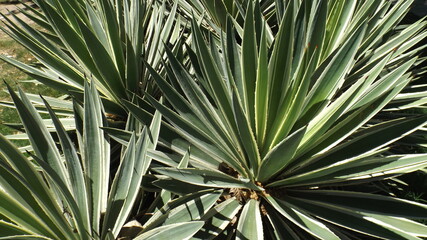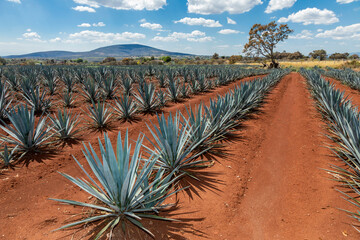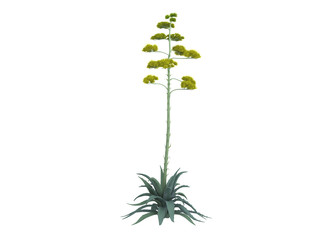



"Explore Trees, Discover Nature. " -Fr.Principal




The century plant forms a massive rosette of 20-40 succulent leaves, growing from a short and thick stem close to the ground. The rosette can be as wide as 5 m in diameter. The leaves are 15-25 cm wide and 1-2 m long, smooth and tough, nearly rigid, with a deep gutter that often causes them to recurve at the tip. They have serrated edges, and straight or curved thorns, and a large, sharp apical thorn. The leaf margin is undulate with dark brown teeth that turn grey with age. The leaves of cultivated forms are often grey to grey-blue with horizontal stripes on the back, but there are dark green forms and variegated ones with numerous and inconstant colour patterns.The stalks are eaten by deer, squirrels, and many other animals, and the flower nectar is consumed by hummingbirds and bats in exchange for pollination.
1. Agave americana, particularly its sap, is widely used in human and veterinary ethnomedicine.
2. Agave has been taken by mouth for constipation, indigestion, flatulence, jaundice, cancer, and diarrhea; to promote labor; and to promote urine production.
3. It has long been used for anti-inflammatory effects.
4. Agave fruit, roots, and sap, everything is used for making medicine.
5. It has some excellent health benefits that are listed below :
i. Lowers Cholesterol Levels:
Agave is a natural sweetener with vital compounds like terpenoids, inulin, glycosides, and saponins that reduce cholesterol levels in the body. Moreover, it contains healthy microorganisms that support the digestion system.
ii. Boosts Metabolism:
In the Agave plant, there is an exorbitant amount of vitamin B6. This vitamin plays a crucial role in breaking down the food to provide body the needed carbs and proteins.